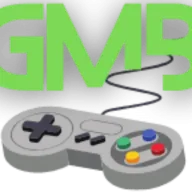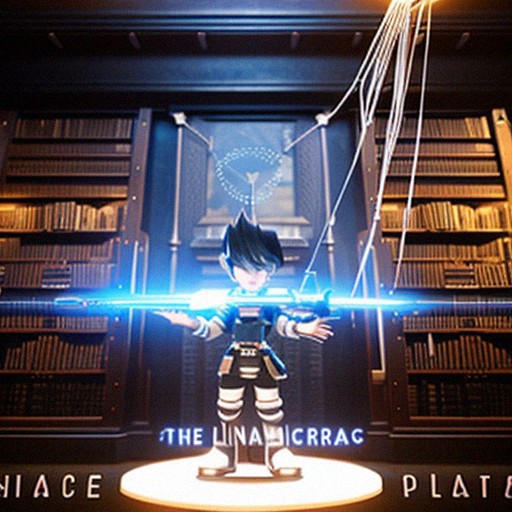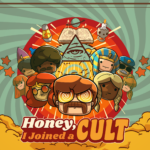In the intricate ballet of life, I find many parallels with the digital universe. Much like the invisible strings that control a marionette, there are certain mechanisms behind the colorful graphics and immersive storylines of our beloved games. This invisible puppeteer? Code, my dear readers. Today, I invite you to join me on an exploration of a language called JSON, used in the realm of GameMaker Studio 2.
JSON, or JavaScript Object Notation, serves as a method of organizing and structuring data, akin to the Dewey Decimal System in a sprawling library. It helps in transmitting data between a server and a web application, acting as the postman delivering letters between distant parties. It’s this mechanism that allows game developers to store information about the game’s state, player progression, settings, and much more.
So, how does JSON function in GameMaker Studio 2, you ask? Let’s consider it as a universal translator in a council of intergalactic diplomats. Each diplomat, or in our case, game object, has a unique language. JSON helps them communicate, express their attributes, and describe their behaviors.
Consider a simple enemy sprite in a game. It has properties such as health, damage, speed, and position. In the world of JSON, this sprite is an object, and its properties are represented as key-value pairs. Here’s an example:
{
"name": "Goblin",
"health": 100,
"damage": 10,
"speed": 2,
"position": {
"x": 10,
"y": 20
}
}
In the above JSON code, each key-value pair describes an attribute of our Goblin. The beauty of JSON lies in its flexibility. The position, as you see, is another object nested within our Goblin object, effectively encapsulating the x and y coordinates in their separate world.
Now, how does GameMaker Studio 2 interact with this enigmatic language? GameMaker uses specific functions to encode and decode JSON data, a process similar to a cryptographer deciphering a coded message. These functions are json_encode and json_decode.
Suppose we want to encode the current state of our Goblin into a JSON string. We would first create a DS map, another form of data structure in GameMaker, and then use json_encode.
var enemy = ds_map_create();
ds_map_add(enemy, "name", "Goblin");
ds_map_add(enemy, "health", 100);
ds_map_add(enemy, "damage", 10);
ds_map_add(enemy, "speed", 2);
var position = ds_map_create();
ds_map_add(position, "x", 10);
ds_map_add(position, "y", 20);
ds_map_add_map(enemy, "position", position);
var jsonString = json_encode(enemy);
Conversely, to understand or ‘decode’ JSON data, we use the json_decode function.
var jsonString = " ... "; // JSON string
var enemy = json_decode(jsonString);
With the power of JSON and the elegant dance of GameMaker Studio 2, you can create, manipulate, and store a virtually infinite universe of game objects and their states. However, bear in mind, as with any tool of great power, it requires respect and understanding. Misused, it can lead to confusion and chaos, but wielded wisely, it can create worlds of wonder and imagination.
This, dear readers, is just the tip of the iceberg, the opening act of our grand odyssey into the realm of JSON and GameMaker Studio 2. As we dive deeper into the heart of this digital language in our upcoming chronicles, remember, learning is not a sprint, but a marathon. Patience, perseverance, and an open mind will guide us on this journey.
Until next time, may the spirit of curiosity light your path, and the thrill of discovery keep you company. The world of JSON awaits.



